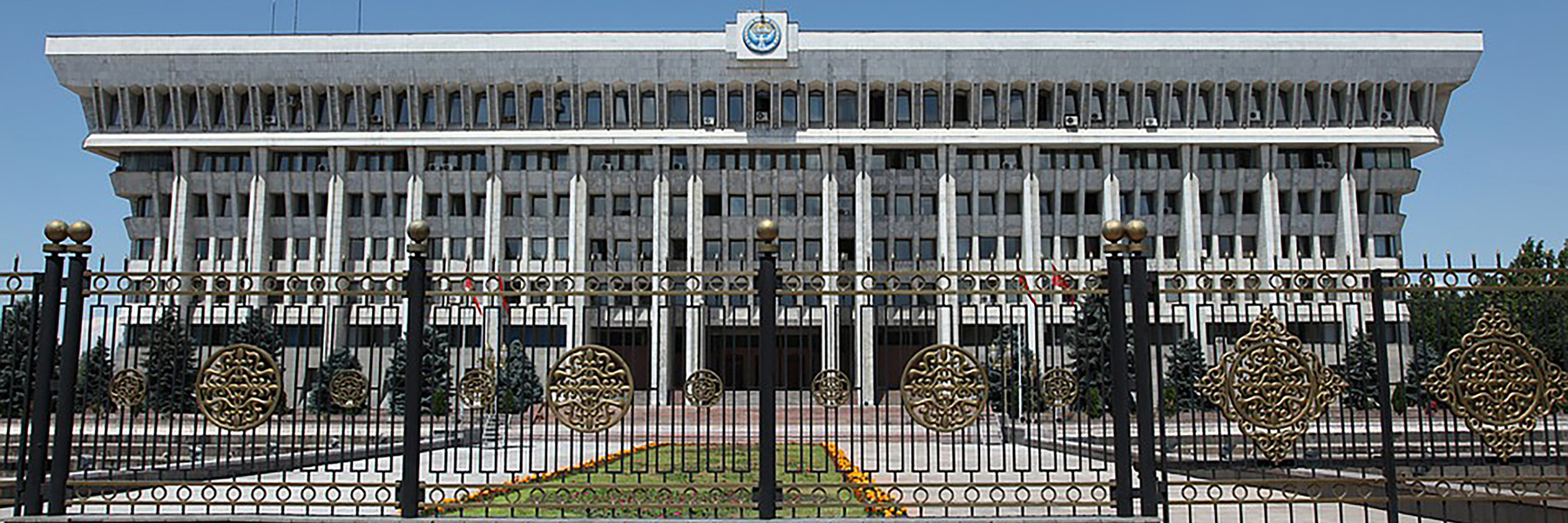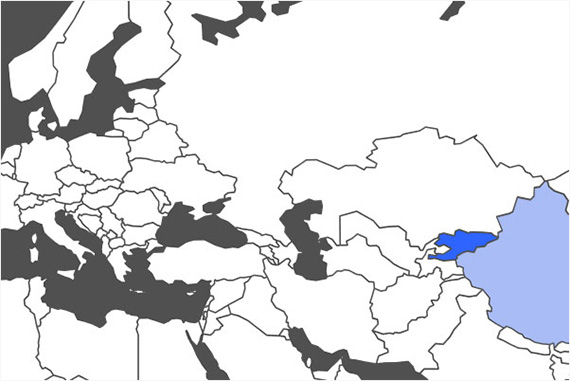Kyrgyzstan is a land of unsurpassed natural beauty. Kyrgyz, which is closely related to Kazakh, is useful to people who want to go into government service, the non-profit sector, or even education.
Kyrgyz belongs Turkic language family and one of the two official languages of Kyrgyzstan, the other being Russian. Since Kyrgyzstan became independent, the importance of Kyrgyz has increased in state affairs.
Kyrgyz is spoken by inhabitants of Kyrgyzstan, Xinjiang, Afghanistan, Kazakhstan, Tajikistan, Turkey, Uzbekistan, Pakistan, and Russia. Due to Soviet policy, Cyrillic alphabet became the most common alphabet for writing Kyrgyz and has remained so to this day, though some Kyrgyz still use the Arabic alphabet, particularly in the People’s Republic of China.



